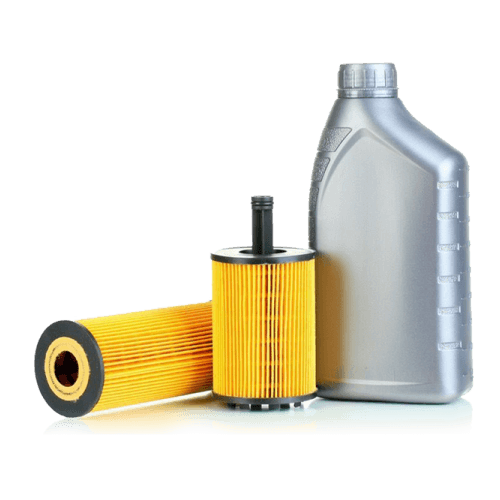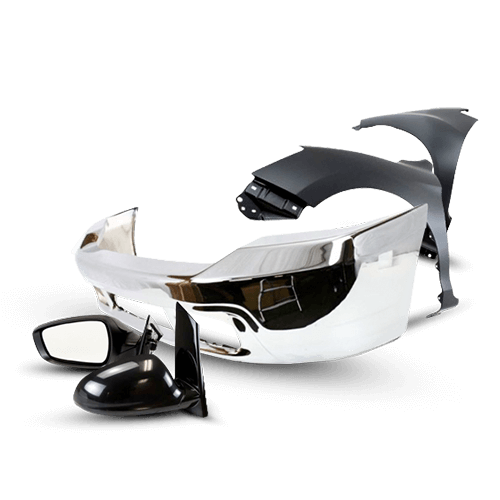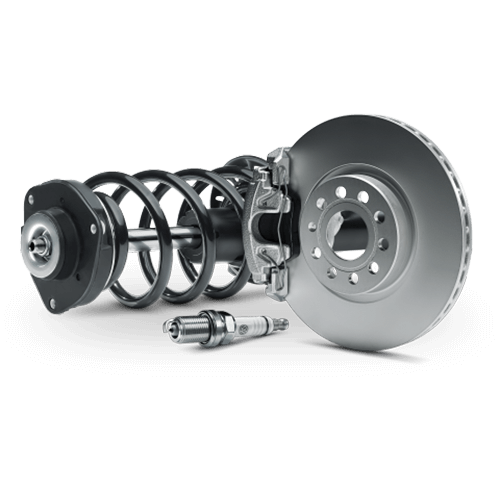
Safety Checks for Jet Skiing
Taking to the water with your jet ski can be exhilarating, and with our summer sunshine and vast coastline, heading out on the jet ski is a great way to spend a summers day. But it is important to remember that without the proper protection, checks and preparation, heading out on your jet ski can also be a potentially dangerous activity!
According to Royal Life Saving, 473 people drowned participating in boating or watercraft activity from 2005/06 to 2014/15, which includes jet skis, canoes, surf boards, paddlecrafts and large boating vessels such as yachts and house boats.
To avoid becoming another statistic, there are some vital checks you should undertake before you take your passengers and jet ski out on the water.
Check the Laws
The WA Department of Transport has set out requirements for jet ski and Personal Water Craft (PWC) users, you can download a copy of the requirements here, or a request a sticker to go on your jet ski via the Department of Transport.
Recreational Skippers Ticket
You are required to have a Recreational Skipper’s Ticket (RST) to use a jet ski. This licence is required by anyone who skippers registrable recreational vessel powered by a motor greater than 4.5kwp (6hp), which includes jet skis and other PWCs.
You can apply for an RST through the Department of Transport.
Local Laws
Just like you would check the conditions at your local beach if you wanted to go for a surf, make it a habit to check the details of the lake, river or area you want to take your jet ski, as some councils won’t allow jet ski use in lakes/rivers.
There are also speed restrictions in each area, make sure you check before you leave! According to the Department of Transport, a maximum speed limit of 8 knots applies when navigating:
- In an 8 knot speed restricted area;
- Through an arch of a bridge;
- In or through a mooring area;
- In any water having a depth of less than 3 metres;
- Within 15 metres of a vessel underway; and
- Within 50 metres of a moored vessel, a person in the water, a jetty or wharf, or a river bank or low water mark.
Lifejackets
In Western Australia, it is law for all passengers on a jet ski to wear a lifejacket – and there is a good reason why! According to the Royal Life Saving report mentioned above, 92% of the deaths involved victims not wearing a lifejacket.
Within protected waters, or within 400 metres of the shore in unprotected waters, a lifejacket Type 150, 100, or 50/50S must be worn by ALL passengers on board.
Write a List, Check it Twice
This method works for our friend in the North Pole, so writing up a checklist, laminating it, and checking it twice before you head out on the water is a great way to ensure the safety of you, your passengers and other water-users.
At the start of summer, after your jet ski has been sitting unused for months, we recommend bringing your craft in for the best Jet Ski Service in Perth. Our team will make sure your jet ski is performing at it’s optimum capacity and that you are ready to hit the water.
After that, you should use the following checklist to keep your jet ski safe.
- Check the battery. Is it charged? Even if you only plan on going out for a short period of time, you should try to ensure the battery is fully charged.
- Check your jet ski actually starts! Let the motor run for 30 seconds or so before you hook it up to your trailer and head out.
- Check you have a full tank of fuel.
- Check you have enough engine oil.
- Check to see if your jet ski damaged at all, check the gas line for leaks!
- Most importantly, check you have your safety lanyard.
- Extra precautions: carry an emergency position indicating radio beacon, or EPIRB, if you’re planning to head more than two nautical miles off the coast.
Keep yourself and your passengers safe with Friday’s simple tips! For a jet ski service in Perth, or to pick yourself up a new jet ski for summer, contact the team at Friday’s today!

















































